Blink vs Ring: How do Amazon’s home security cameras differ in 2025?
Should you choose Blink or Ring to keep an eye on your home?
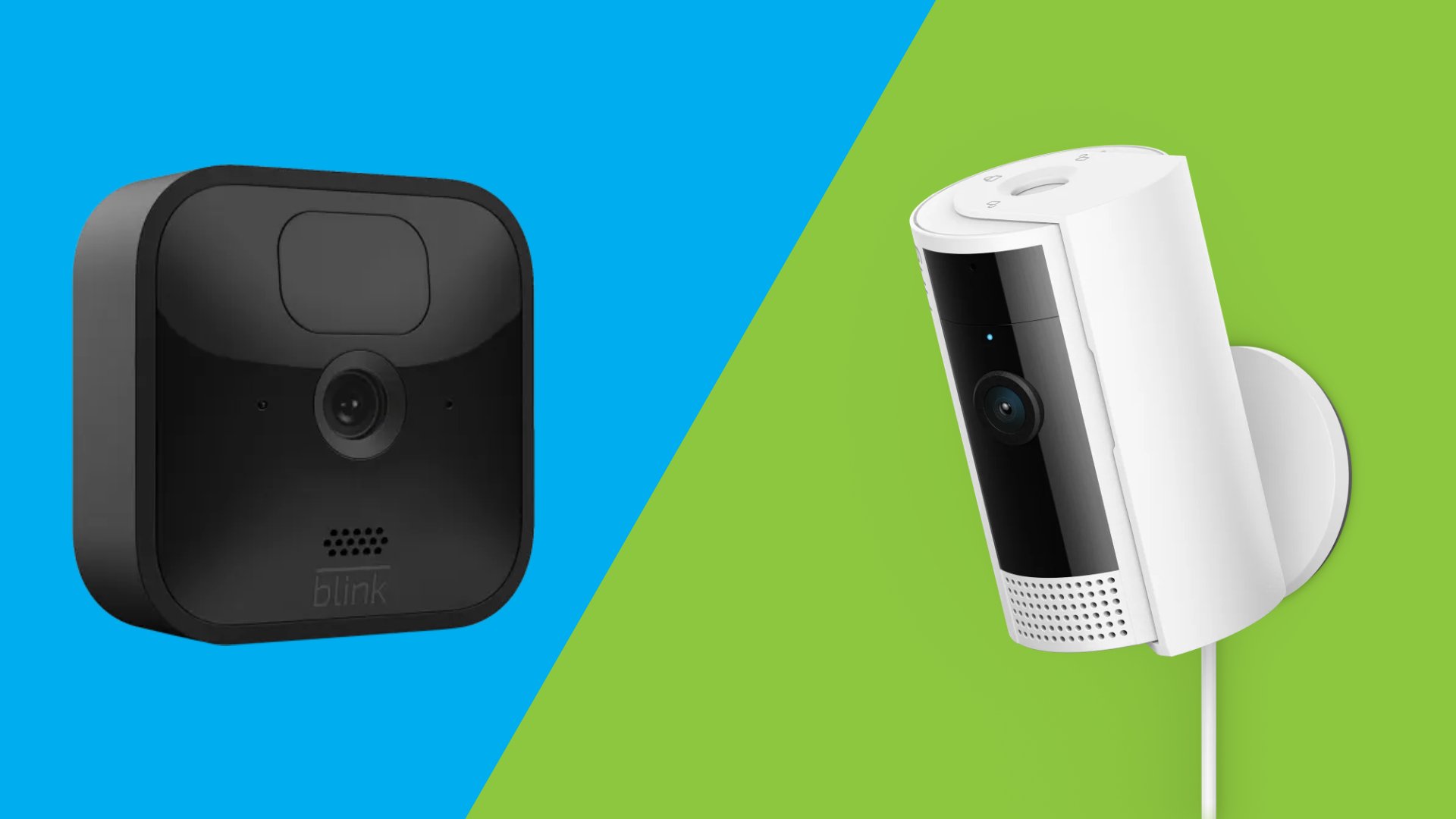
Blink and Ring smart home cameras are among the best in their category, and for good reason. Both brands offer affordable options to a first-time buyer who wants to dip their toe into the smart home arena, and they're easy to set up.
For several years, both Blink and Ring have earned a place in our best home security cameras and best video doorbell guides due to the range of devices that both brands offer. However, deciding which one is best for you may be a challenge, as both offer products that may or may not fit your needs.
It's also worth noting that Blink and Ring are owned by Amazon, so both work seamlessly with Amazon Alexa for easy management via their respective apps.
With all that in mind, we've put together a guide below to help you decide between the two brands, making it easier to determine which one fits your needs and your home best.
Blink and you'll miss it
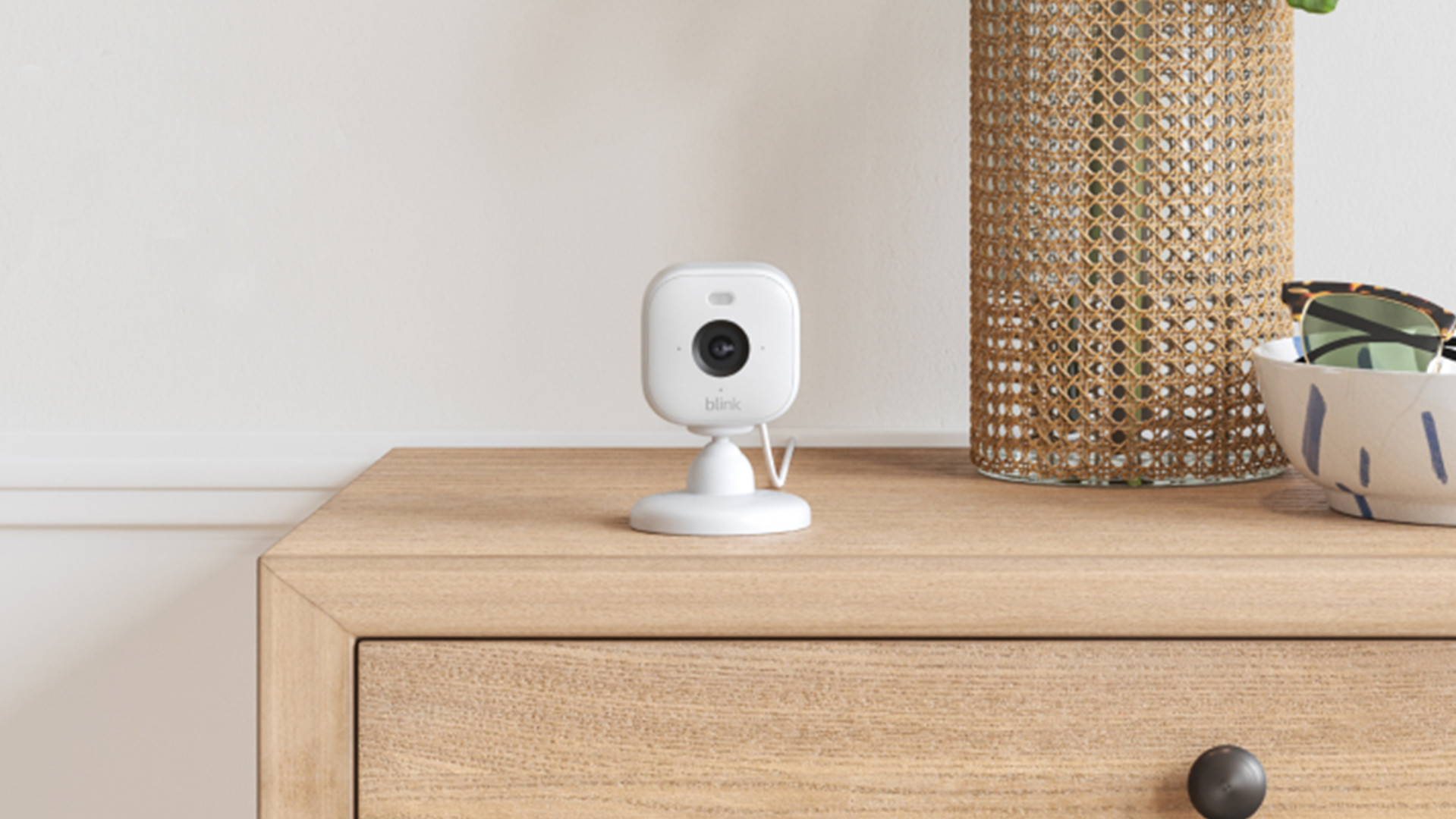
Blink has a much smaller product offering than Ring when it comes to home security cameras. It’s also worth noting that while Ring’s cameras and video doorbells are available worldwide, Blink products are currently only on sale in the US and UK.
The Blink Mini 2, priced at $34.99 / £34.99 is the brand’s entry-level home security camera, released in May 2024. This compact device can be used outside with the purchase of a Blink Weather Resistant Power Adaptor, but can also be used inside as long as it's plugged into a wall socket nearby.
If you’re looking for a battery-powered camera that offers more flexibility about where it can be placed, the Blink Indoor is worth considering. Not quite as compact as the Blink Mini but considerably smaller than most of Ring's offerings, it has the same square-shaped black design and will set you back $79.99 / £79.99. However, it's a battery-operated camera, rather than mains-powered, and uses two AA batteries that Blink claims will last for up to two years before they need changing.
Get daily insight, inspiration and deals in your inbox
Sign up for breaking news, reviews, opinion, top tech deals, and more.
Blink’s third and final home security camera is a weatherproof version of the Blink Indoor, which is unsurprisingly called the Blink Outdoor. Priced at $99.99 / £99.99, this home security camera supports 1080p HD live video, infrared night vision, motion detection, and two-way audio. It comes with two AA lithium batteries, a mounting kit, a USB cable, and a power adapter to help set it up and keep it running for up to two years. The camera also comes with a Sync Module 2, which allows the device to plug into an electrical outlet and communicate with other compatible devices.
Finally, Blink doesn’t have a bunch of video doorbells like Ring - there's just one. Blink's Video Doorbell runs on two AA batteries, so you don't have to find a way to plug it into the mains, although you can if you wish. There's two-way audio so anyone at the door can communicate with you via the Blink app, and you can save and share your clips in the cloud with a Blink Subscription Plan. Buying this doorbell gets you a 30-day trial of the Plus Plan, priced at $49.99 / £49.99.
What about Ring?
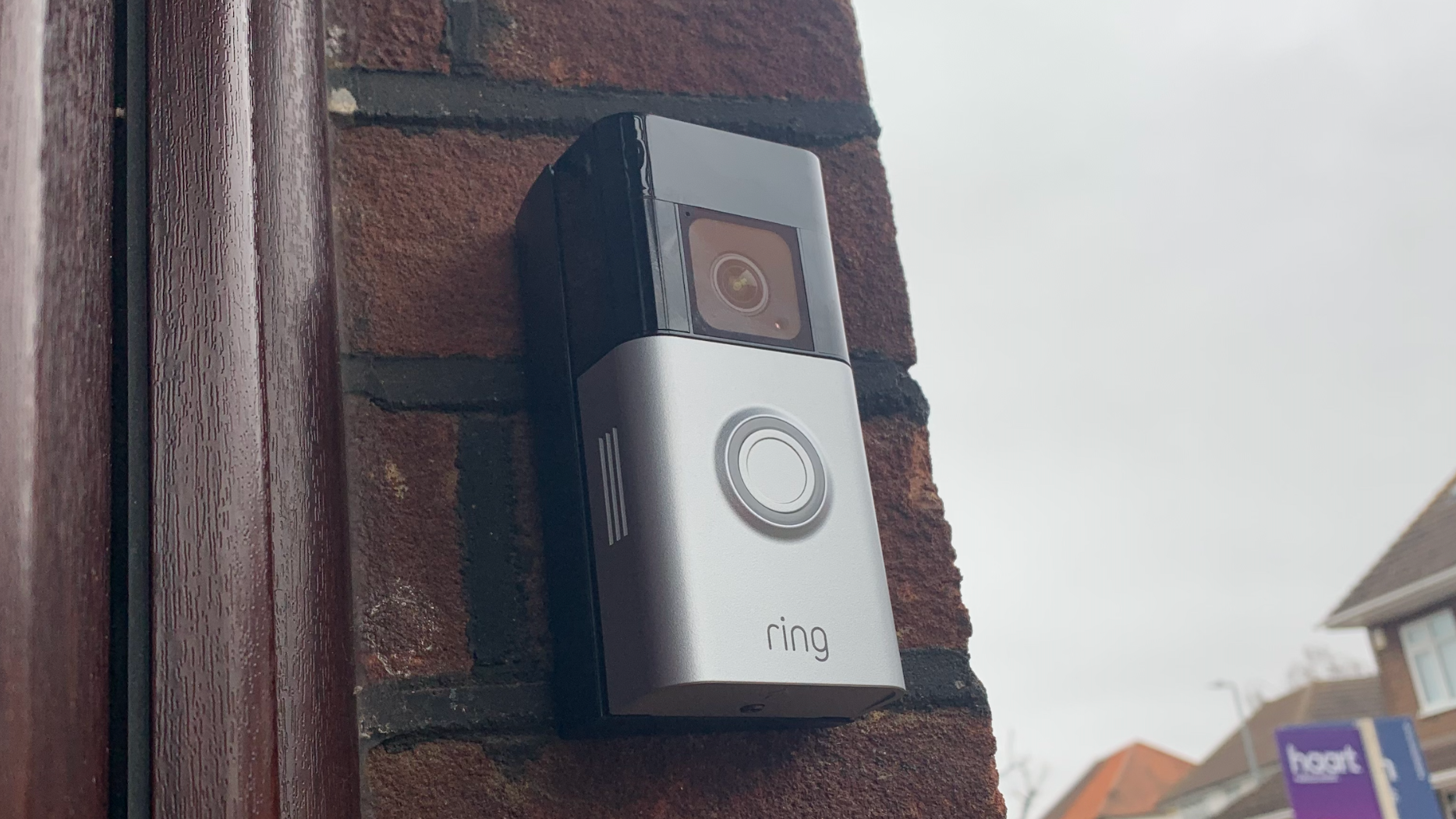
Ring is most well-known for producing some of the best video doorbells, so its range is understandably wider and more defined than its line of home security cameras.
When it comes to its security cameras, Ring offers the entry-level Indoor Cam, which is mains-powered and costs $59.99 / £49.99 / AU$99. You can also pick up an outdoor camera, the Ring Stick-Up Cam, which can be bought in mains, battery, or solar versions for $99.99 / £89.99 / AU$179.
Ring's Spotlight Cam Plus is another outdoor security camera that comes in both battery- and mains-powered variants. It features a spotlight that illuminates when motion is detected and is priced at $199.99 / £179.99 / AU$289.99. The Ring Floodlight Cam Pro has two 1,000-lumen floodlights instead of a single spotlight and will set you back $249.99 / £219.99 / AU$379. It can also be bought in mains, battery, or solar versions.
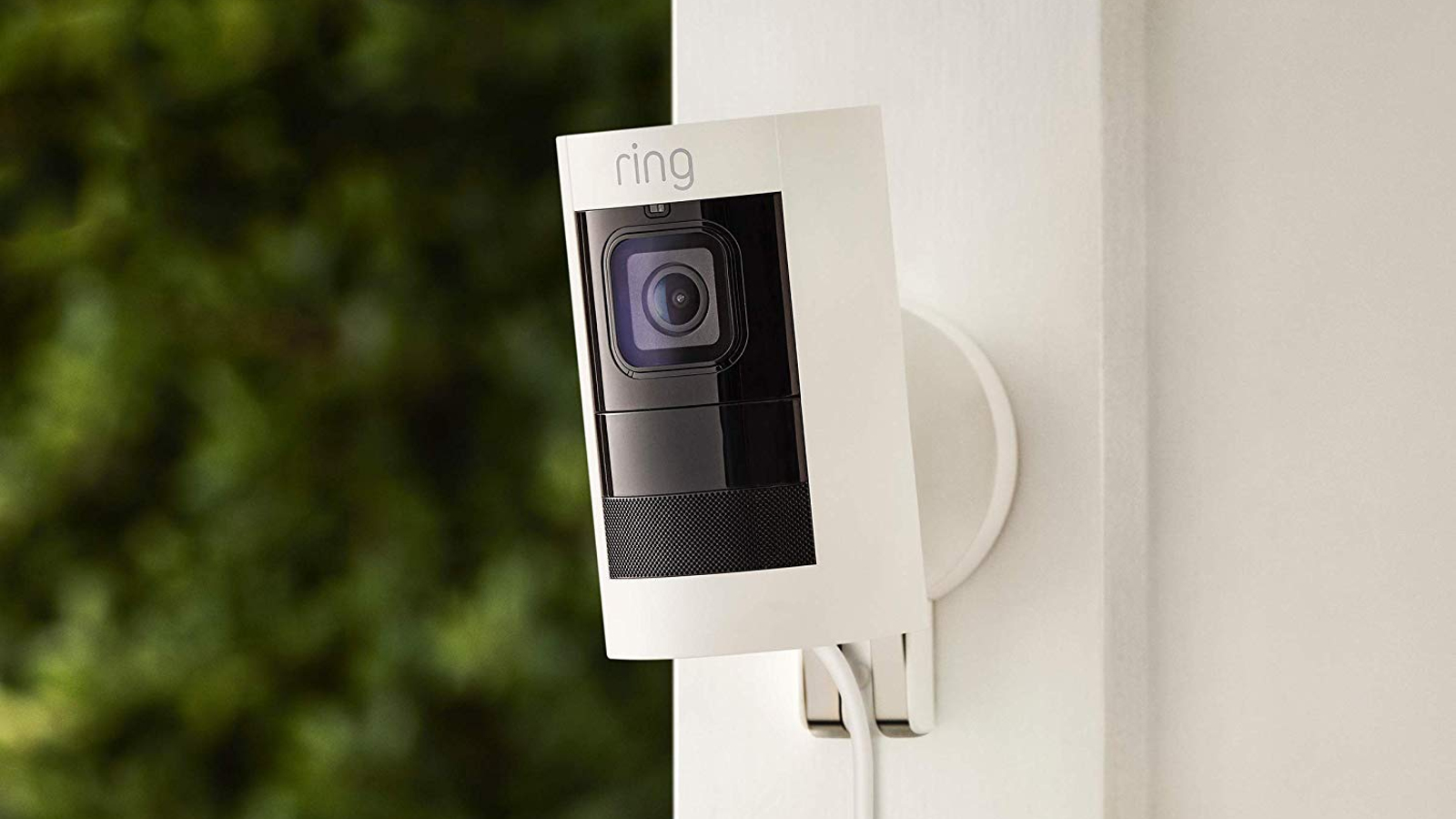
All of Ring's battery-powered security cameras last between three and six months before they need recharging. However, this will depend upon how often motion is detected, how many times the camera's feed is viewed in real-time, and for those with lights, how frequently the LEDs are illuminated. The batteries can be swapped out, meaning the cameras won't be out of action if you replace the batteries in time.
Ring offers eight video doorbells in total ranging from its most affordable option; the Ring Video Doorbell Wired, which is priced at $59.99 / £49.99 / AU$119, through to the battery-powered Ring Battery Doorbell Pro for $229.99 / £199.99. There's also the top-of-the-range Ring Video Doorbell Pro Elite in the U.S., which will set you back $349.99. For the UK, the Ring Wired Video Doorbell Pro 2 is $199.99.
Something else Ring offers that Blink doesn’t is a smart alarm system that includes door/window sensors, motion-detection PIRs, and even an optional outdoor siren and assisted monitoring that will automatically call three emergency contacts if the alarm is triggered. The Ring Alarm kit costs $199.99 / £219.99 but isn’t available in Australia.
Subscription costs
When it comes to storing video so it can be reviewed after it’s been captured, Blink is the more cost-effective option as it offers the ability to store footage locally, so there’s no ongoing cost to use the security cameras.
To do this, you’ll need the Blink Sync Module 2, which comes bundled with the Blink Indoor and Blink Outdoor. Unfortunately, it’s not included with the Blink Mini, but it is available to purchase on its own for $34.99 / £34.99. You’ll also need a 256 GB USB flash drive, which you can pick up for around $25 / £25 if you don’t have a spare knocking around.
This method has downsides though. If you ever use live view (where you view the camera's feed through the app in real-time) then there won't be a stored recording unless you have an active Blink Subscription plan.
The Blink Subscription Plan, which is priced at $3 / £2.50 per month for a single camera, and $10 / £8 for unlimited cameras, is also available. All Blink devices come with a free trial of the service.
Ring, however, doesn’t have an option for local storage. Instead, you’ll need to subscribe to one of two tiers. Ring Basic costs $4 / £4 /AU$4 per month per device, or $10 / £8 / AU$15 for an unlimited number of cameras in one household - both of which ensure video clips are saved for 30 days after they’ve been recorded. Most new Ring devices come with a 30-day free trial of Ring Protect.
Video and audio
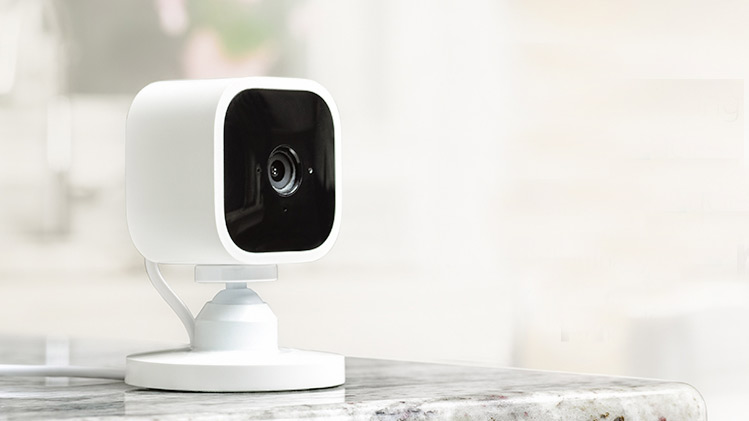
Blink and Ring’s security cameras are generally evenly matched when it comes to video and audio quality.
We’ve reviewed the majority of the products offered by both brands, and in our tests, the video has always been clear and detailed, and the audio has always been extremely coherent.
All of Blink and Ring’s cameras record Full HD footage when motion is detected, which is in color during the day. Some Ring home security cameras - namely those with built-in lights - are also able to record color video at night, provided the light has been set to illuminate when motion is detected. Unfortunately, this isn’t available on any of Blink’s current offerings.
Despite the similarities, there are a couple of other areas where Ring’s cameras trump Blink’s devices. The first is the field of view. All of Blink’s cameras have a narrow 110-degree field of view, and while Ring’s indoor cameras are identical in this regard its outdoor cameras offer a wider 140-degree field of view. This means a wider area is covered by the cameras, ensuring you don’t suffer from blind spots.
Secondly, Ring’s cameras have a People Only mode, designed to reduce unwanted alerts by only notifying you when the motion it detects is caused by a person. This isn’t something Blink’s security cameras can do, offering only more basic sensitivity settings.
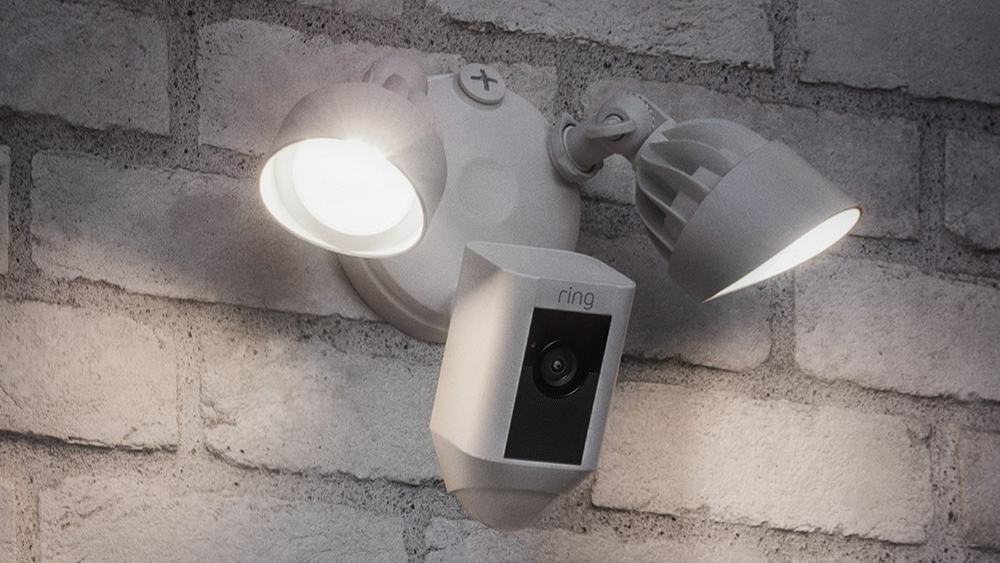
App and smart integrations
Both the Ring and Blink apps are easy to use and offer a way to view the camera’s feed in real time as well as watch previously captured footage (assuming you have subscribed to Ring Protect in Ring’s case).
Both platforms also provide detailed notifications to your smartphone too - so you can quickly see if it’s an alert you need to worry about or not. You can download Ring from Apple's App Store and Google Play Store, while Blink's Home Monitor app can also be downloaded from the App Store and Google Play Store.
The two brands are owned by Amazon so it’s no surprise they offer Alexa integration. The best smart speakers with Alexa support can be set to play a sound when either of the cameras detect motion or used to converse with anyone in the camera’s field of view, while if you have one of Amazon’s smart displays, such as the Amazon Echo Show 5, in your home - the feed from both cameras can be viewed on the device’s screen. However, unsurprisingly, there’s no support for Google Assistant or HomeKit.
Verdict
Throughout our testing, both Blink and Ring have been proven to be easy-to-use home security camera systems. Blink is more affordable and offers more compact devices, and the addition of local storage will bring music (or a chime) to the ears of anyone looking for a security camera without needing to pay for a subscription.
Meanwhile, Ring’s cameras are more feature-heavy. You can fine-tune alerts so you aren't as frequently disturbed thanks to the motion features, and the cameras with built-in LEDs provide better image clarity at night. Because of these traits, they're more expensive and bulkier than what Blink offers, plus there's an ongoing cost via subscription if you want to record and store footage in the cloud.
However, they're ultimately similar in what they offer. If you already have Ring or Blink cameras in your home then we'd recommend you stay with that brand. But if you're beginning your home security adventure then you'll need to decide if you value cheaper options like Blink, or those with more vast and improved utilities like Ring offers.
Blink vs Ring FAQs
Is Blink owned by Ring?
Not quite. Blink and Ring are both Amazon brands, which means they have their own brand identities but benefit from Amazon's huge resources for product development, marketing and distribution.
Which is better, Ring or Blink?
That depends on what you want your security system to do. Blink is generally cheaper and more straightforward; Ring is the more premium option and the only brand of the two to offer a 24/7 professional monitoring option. Ring cameras are more feature-packed than the Blink devices and with a wider range of products to choose from.

Daryl had been freelancing for 3 years before joining TechRadar, now reporting on everything software-related. In his spare time, he's written a book, 'The Making of Tomb Raider'. His second book, '50 Years of Boss Fights', came out in 2024, with a third book coming in 2026. He also has a newsletter called 'Springboard'. He's usually found playing games old and new on his Steam Deck, Nintendo Switch, and MacBook Pro. If you have a story about an updated app, one that's about to launch, or just anything Software-related, drop him a line.
- Jennifer OksienEditor, Top Ten Reviews